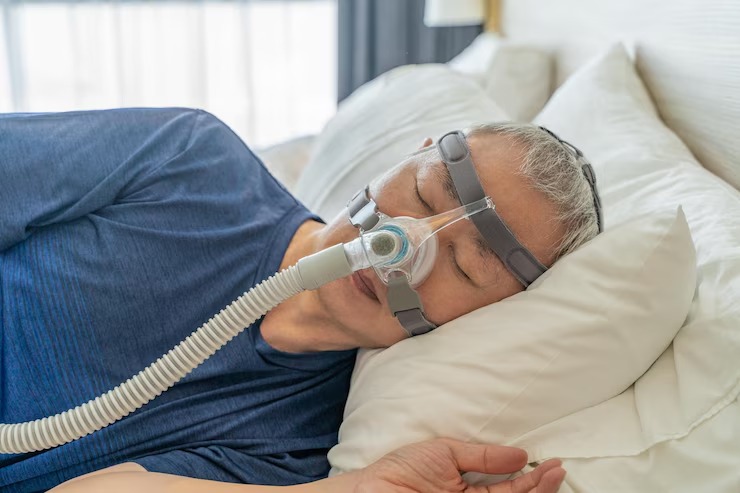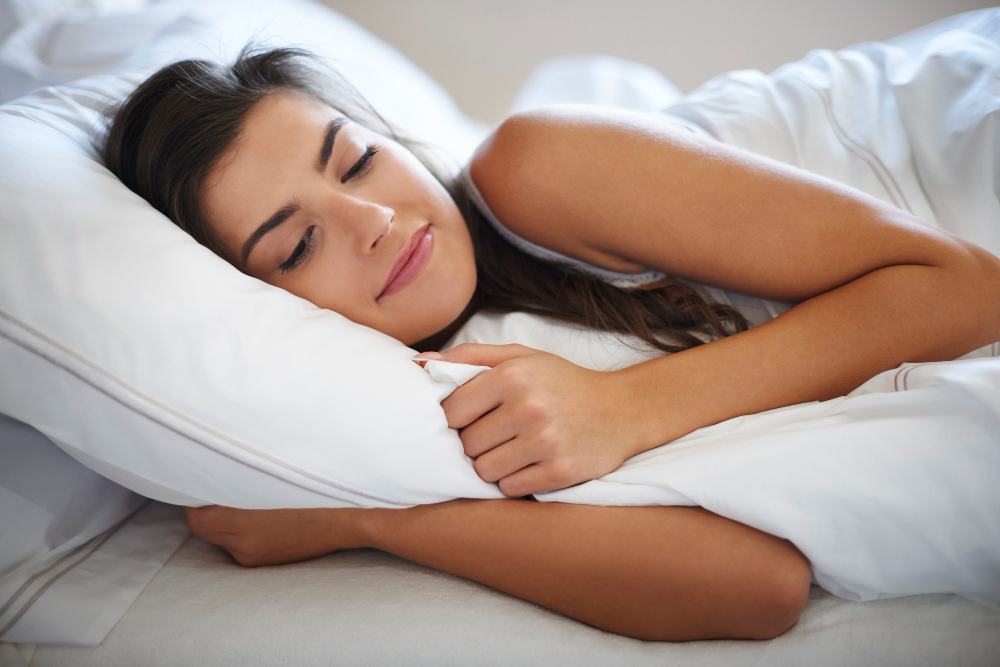For many people undergoing sleep apnea therapy, continuous positive airway pressure (CPAP) equipment is essential. But if you don’t clean your CPAP machine properly, mould can grow and endanger both your health and the effectiveness of your therapy. We’ll discuss the significance of CPAP hygiene in this extensive guide, along with step-by-step instructions for successfully cleaning mould from your CPAP machine.
Understanding the Importance of CPAP Cleaning
Maintaining your CPAP equipment properly is essential to both ensuring it works as intended and protecting your health. In the wet environment of CPAP components, mould, bacteria, and other pathogens can grow and, if unchecked, pose major health hazards. In addition to extending the life of your equipment, routine cleaning and maintenance enhance overall well-being and therapy continuity.
How to Clean Mould From CPAP Machine?
Here’s a step-by-step guide for cleaning mould from your CPAP machine –
Take the Components Apart:
First things first, unplug your CPAP machine from the power source and take apart the mask, tubing, humidifier chamber, and headgear. Remove any filters or machine-attached accessories with care.
Use a Mild Detergent to Wash:
In a sink or basin, mix a solution of warm water and mild detergent. Put your CPAP machine’s disassembled components in the soapy water. Wash every part carefully, making sure to get rid of any visible mould, dirt, or residue. To clean areas that are difficult to reach, including the interior of the tubing and mask, use a brush with soft bristles.
Rinse Everything Well:
To get rid of any soap residue, thoroughly rinse every part under running water after cleaning. When utilizing the CPAP machine, make sure that any detergent residue is completely removed by washing the area thoroughly.
Disinfect With Vinegar Solution:
Make a solution by mixing equal parts distilled white vinegar and water to eradicate mould spores and germs. For a minimum of half an hour, immerse the cleaned CPAP components in the vinegar solution. Because of vinegar’s antibacterial qualities, mould and bacteria are removed from the equipment during disinfection
Allow to Air Dry:
After disinfecting, take the CPAP parts out of the vinegar solution and lay them out to air dry entirely on a fresh towel or drying rack. There must be enough ventilation to increase the drying process while avoiding the accumulation of moisture, which promotes mould growth.
Reassembling:
After that, you need to reassemble the CPAP machine as per the manufacturer’s directions after drying all the components. Also, reattach the tubing, humidifier chamber, mask, and other attachments. You also need to check your machine properly before ensuring all the parts are free from mould and debris.
Regular Maintenance
Follow a regular maintenance schedule for cleaning your CPAP machine. You need to clean its components at least once a week, dedicating just 5 minutes per equipment such as the tube or mask. Also, use a vinegar solution for disinfecting the components every one to two weeks. Furthermore, you need to check your machine frequently for mould or debris buildup and consider replacing disposable filters as suggested by the manufacturer.
Weekly Maintenance
Every week I follow an extensive cleaning regimen besides everyday cleaning. This includes disassembling CPAP components and washing them quickly in warm water with mild soap. Pay attention to areas that are prone to mould growth, like mask cushions and humidifier chambers. Let its parts air dry completely before reassembling them. If you want to save time and improve disinfection, consider using Lumin CPAP Sanitizer to clean certain parts of your CPAP machine, spending just 5 minutes per equipment.
Monthly Deep Cleaning
It is vital to clean the CPAP machine thoroughly once a month to eradicate any impurities. It means using certain CPAP cleaning solutions for sanitizing the complete system, checking tubing for damage or wear, and cleaning the CPAP filter. With the slightest amount of work, the potent UCV light technology of Lumin CPAP Sanitizer can eliminate 99.9% of harmful pathogens, germs, and fungi. This also guarantees a hygienic and comprehensive cleaning process in just 5 minutes per equipment.
Conclusion
Maintaining good CPAP cleanliness is vital to keeping up your health, and ensuring the therapy works. With the help of cutting-edge equipment, like Lumin CPAP Sanitizer, it’s easier to keep CPAP mould and germs at bay. Hence, one can maintain a healthy and clean sleeping environment as well. After all, maintaining proper hygiene with CPAP is vital for the best therapeutic results and your peace of mind.


